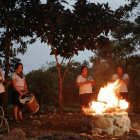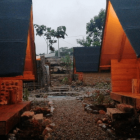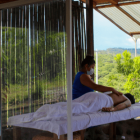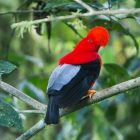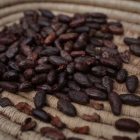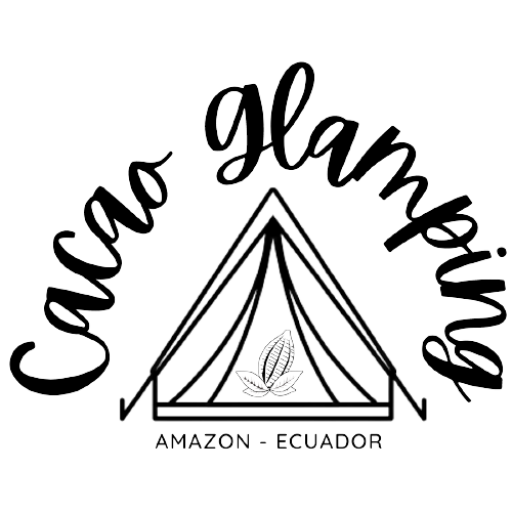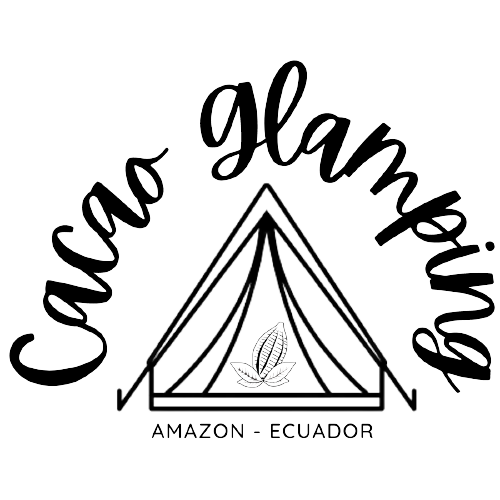
The True Origins of Cacao: A Journey into the Heart of the Amazon
When we think about the origins of cacao, our minds often travel to the great civilizations of Mesoamerica, like the Maya or the Aztecs. However, research in the early 2000s forever changed that narrative. Deep within the Ecuadorian Amazon, an ancient civilization left behind traces that reveal an astonishing truth.
Thanks to the work of anthropologist Francisco Valdez, chemical and physical evidence of cacao, specifically the “fine aroma” variety, was discovered in a ceramic vessel from the Mayo – Chinchipe culture. This vessel, now housed in the parish of Palanda in Ecuador’s Zamora Chinchipe province, dates back over 5,500 years. With this discovery, Ecuador earned the title «Cradle of Cacao.»
The Mayo – Chinchipe culture thrived between approximately 5500 BCE and 1500 BCE in southeastern Ecuador, extending into northern Peru. As one of the oldest known cultures of the western Amazon basin, it stood out for its early practice of agriculture, regional trade, and ritual use of cacao. They were a farming society, cultivating crops like yuca, maize, peanuts, squash, and cacao.
Valdez and other international researchers also found remains of marine shells and Andean obsidian in the area, indicating that the Mayo – Chinchipe people engaged in long-distance trade with both the Andes and other parts of the Amazon. Their ceremonial life was rich and complex, with stone-built platforms and terraced structures used for rituals. Their society showed signs of religious organization and social hierarchies well ahead of its time.
Ceramic vessels were more than utilitarian; many featured zoomorphic or anthropomorphic designs, likely with ritual or spiritual meaning. They also depicted elements of the cosmos, water, and fertility through decorations of lines, dots, and geometric shapes. Some vessels have been found in burial sites, suggesting ceremonial or offering functions.
When the Mayo – Chinchipe discovered cacao in the heart of the Amazon, they got creative. They cultivated it and used it long before the Maya and Aztecs, civilizations traditionally associated with chocolate. With it, they crafted a special beverage, possibly fermented or heated, which played an important role in rituals, religious ceremonies, and key social gatherings. It probably wasn’t sweet like modern chocolate, but it held deep symbolic and emotional meaning.
So, we can affectionately say that the Mayo – Chinchipe were the first to prepare “the happy drink”—a gift from nature that brought people together, marked important moments, and, centuries later, spread across the globe to become the chocolate we all love.
Next time you enjoy a cup of hot chocolate, remember: you’re tasting a millennia-old tradition that began deep in the Amazon rainforest.
By. EM
